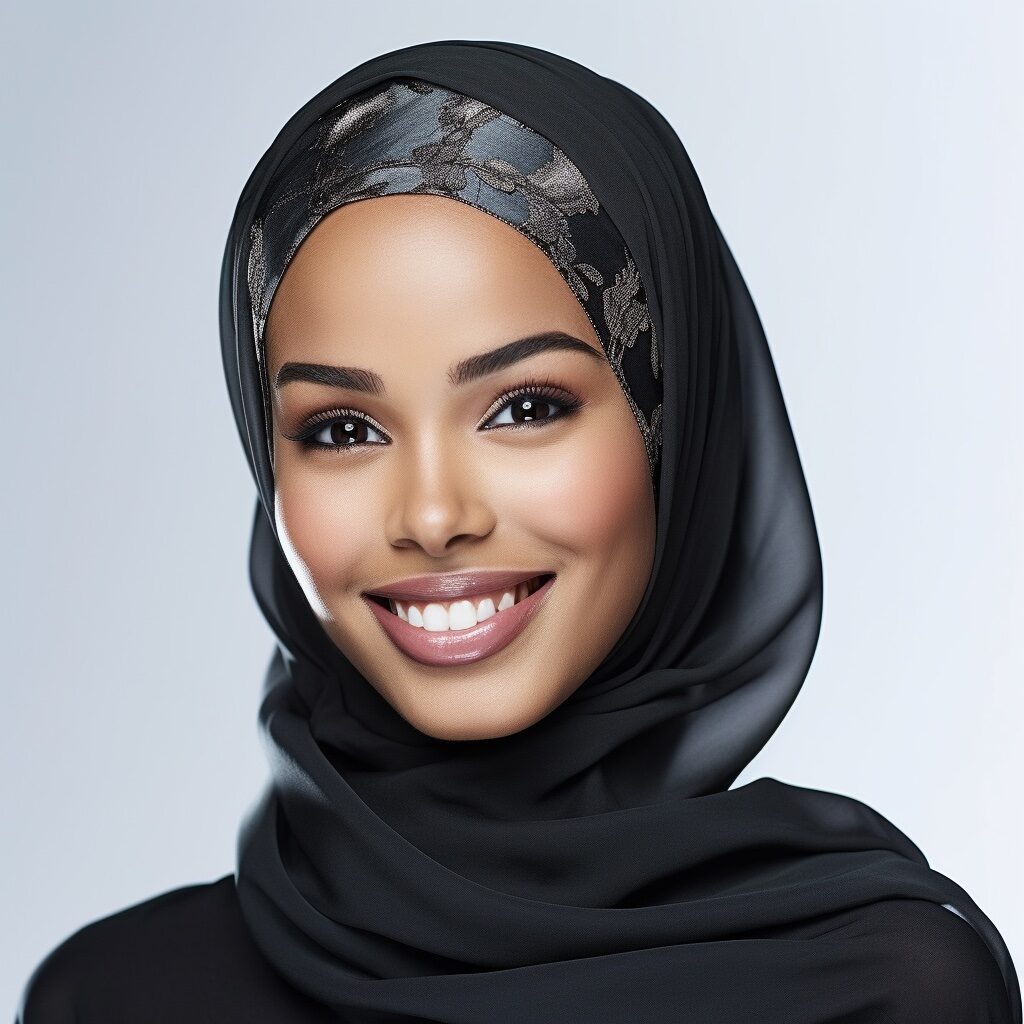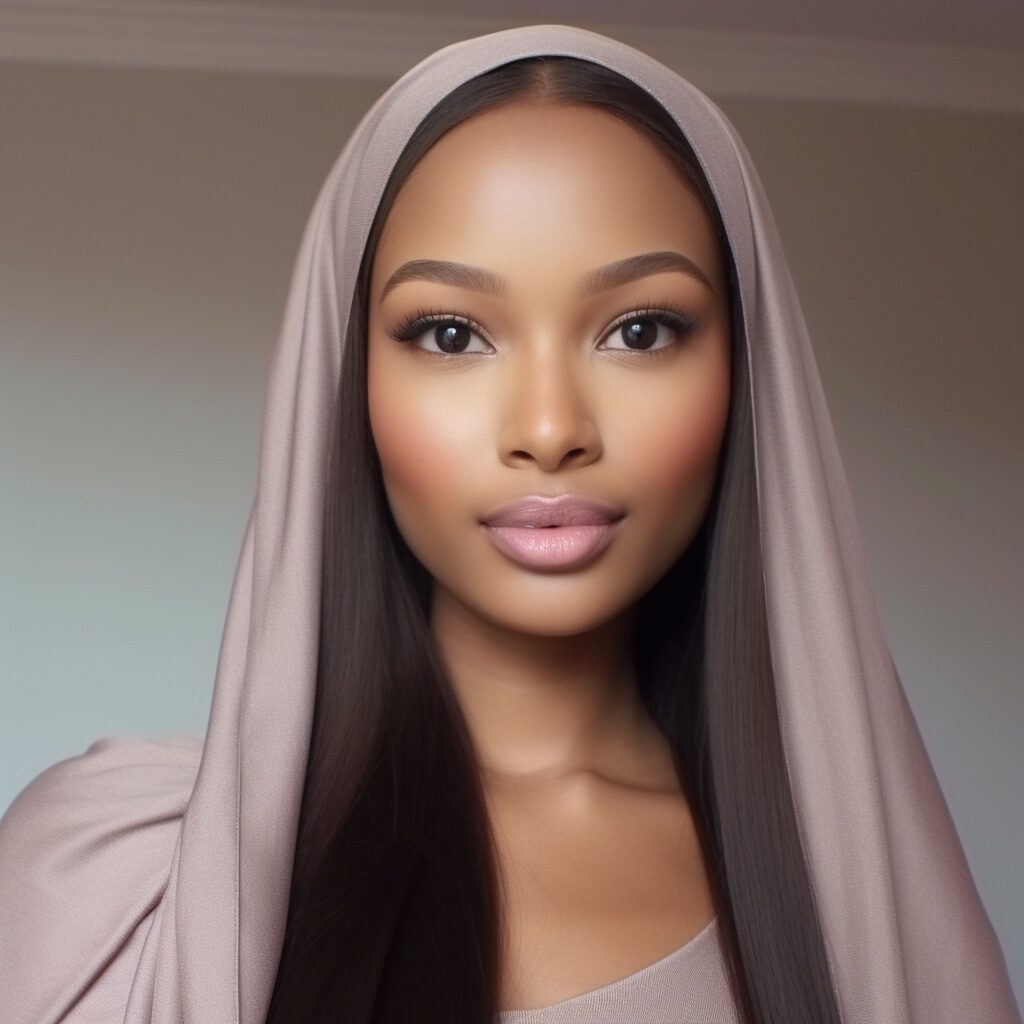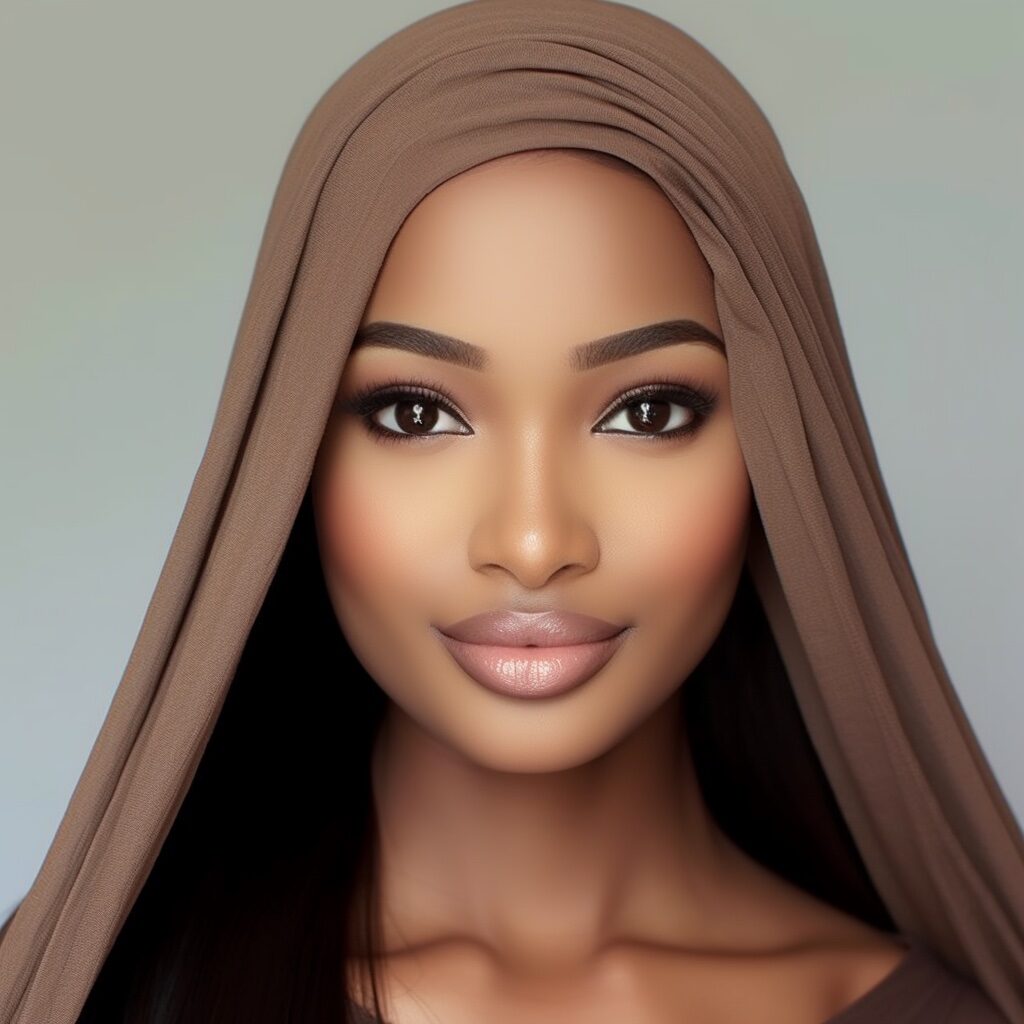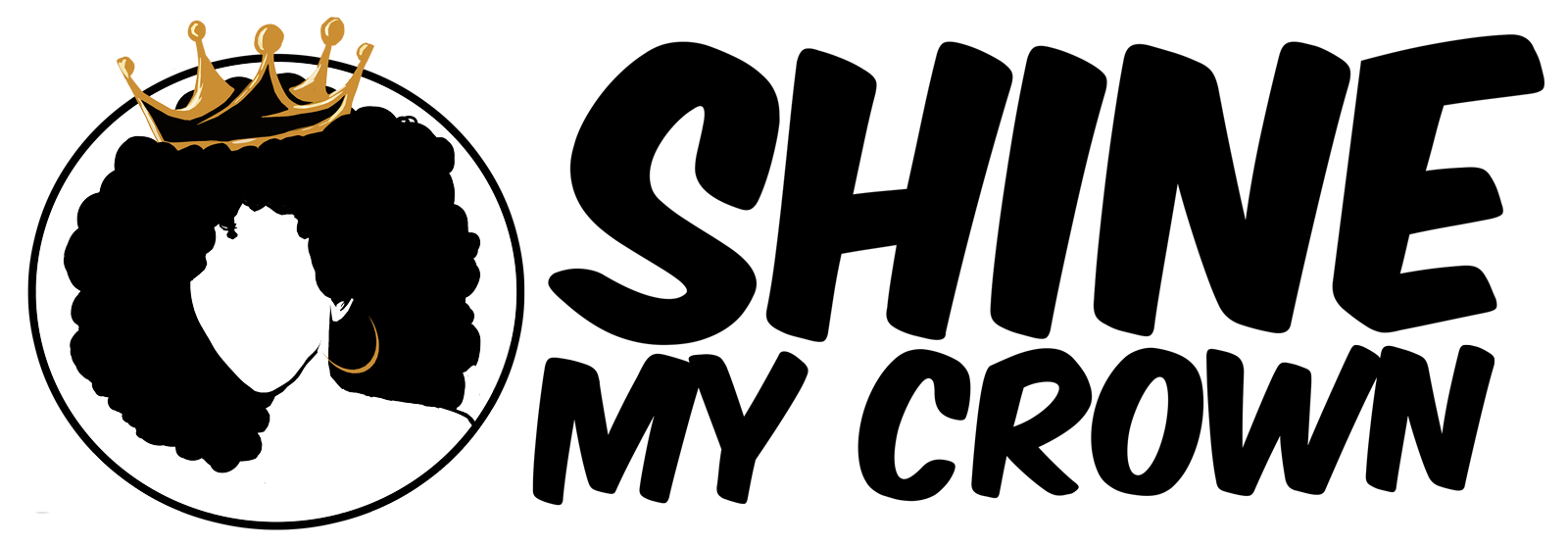Hijab FAQs:
What is a hijab?
A hijab is a traditional headscarf worn by many Muslim women as a symbol of modesty and privacy. It covers the head, neck, and sometimes the shoulders, leaving the face visible.
Why do women wear hijab?
Women wear hijab for various reasons, including religious beliefs, cultural practices, and personal choice. It is seen as a way to fulfill religious obligations, express one’s faith, and maintain a sense of modesty and dignity.
Are there different styles of hijab?
Yes, there are various styles of hijab that women can choose from based on personal preference and cultural influences. Some common styles include the traditional wrap-around hijab, the turban-style hijab, the shawl-style hijab, and the al-amira hijab.
Can non-Muslims wear hijab?
While the hijab is primarily associated with Muslim women, anyone can choose to wear a headscarf for various reasons, such as cultural appreciation, fashion, or personal expression. It’s important to be respectful and mindful of the cultural and religious significance of the hijab when wearing it.
How do I wear a hijab?
There are different ways to wear a hijab depending on the style and preference. However, a basic method involves draping the scarf over the head, securing it under the chin or at the back of the head, and arranging the fabric to cover the neck and shoulders. It may require some practice to achieve the desired look and secure fit.
The practice of wearing a hijab dates back to ancient times and has cultural and religious significance in various regions. The concept of modesty and covering for women is rooted in Islamic teachings and is practiced by Muslim women worldwide. The hijab has evolved over time, incorporating different styles and cultural influences.
Products Needed:
- Hijab scarf
- Straight pins or hijab pins (optional)
Tutorial:
Step 1: Place the Hijab Scarf
- Start by placing the hijab scarf over your head, ensuring that it covers the hairline and drapes evenly on both sides.
Step 2: Secure the Scarf
- Depending on the style you prefer, you can either secure the scarf under the chin or at the back of the head using straight pins or hijab pins to keep it in place.
Step 3: Arrange the Fabric
- Adjust the fabric of the hijab to achieve the desired coverage and style. You can let it fall naturally or create folds and pleats for added volume and texture.
Step 4: Finishing Touches
- Once you are satisfied with the placement and appearance of the hijab, make any final adjustments to ensure a comfortable fit and a neat, polished look.
Remember that wearing a hijab is a personal choice, and there are no rigid rules regarding its style or appearance. Feel free to experiment with different fabrics, colors, and techniques to find what suits you best and allows you to express your individuality while honoring the traditions associated with the hijab.




